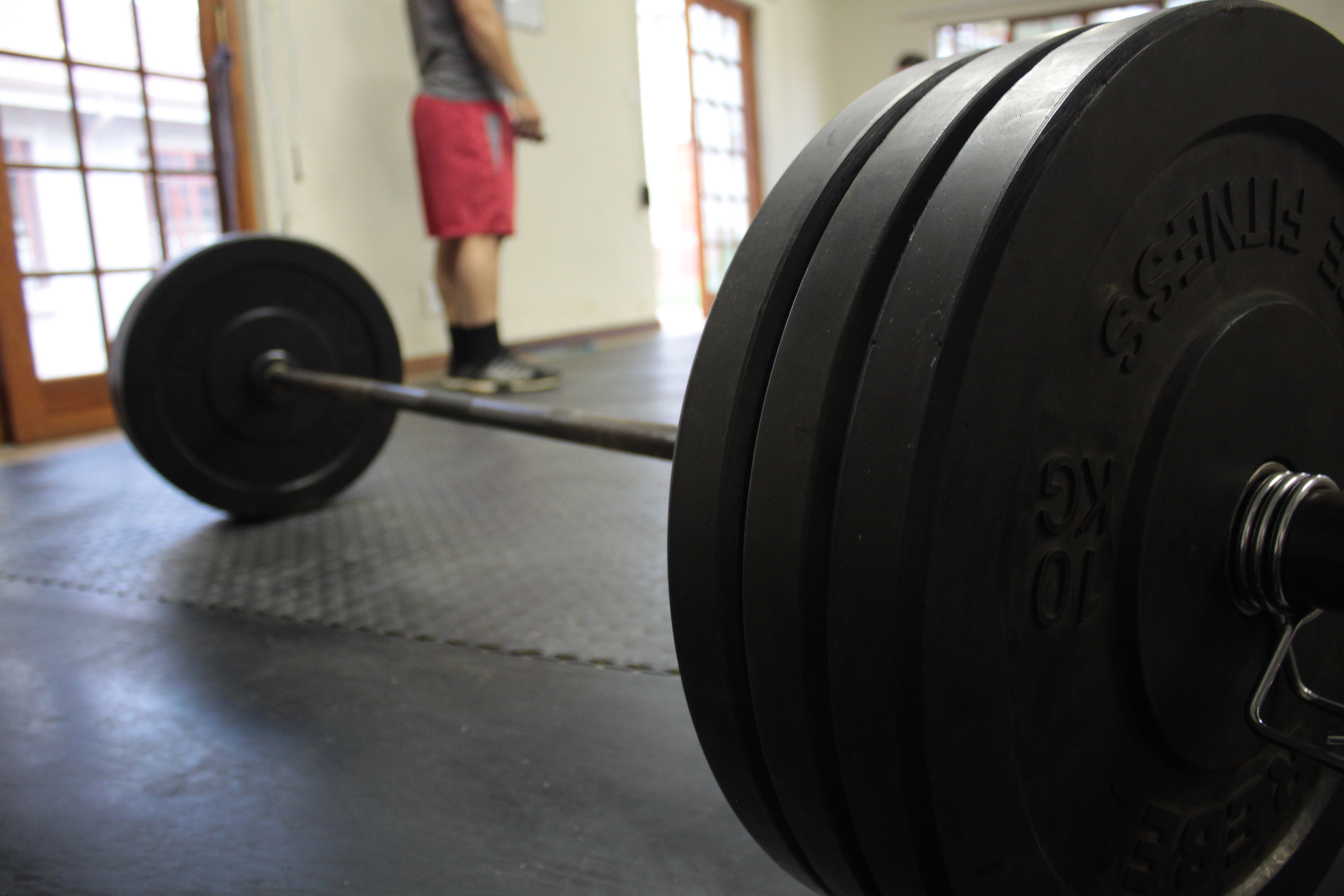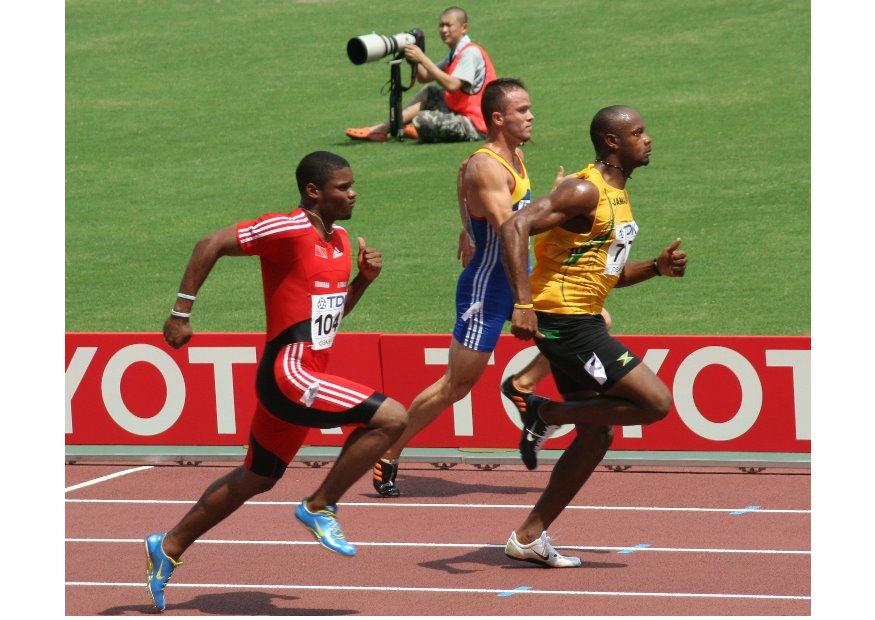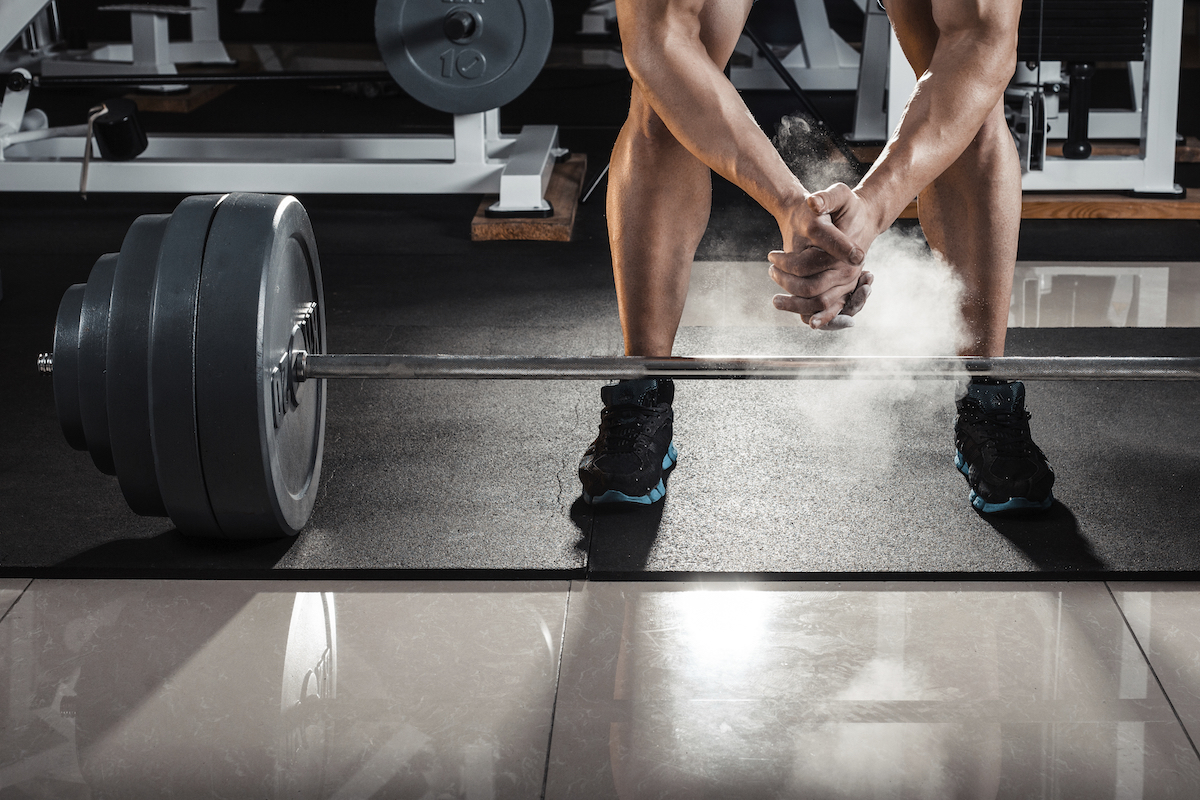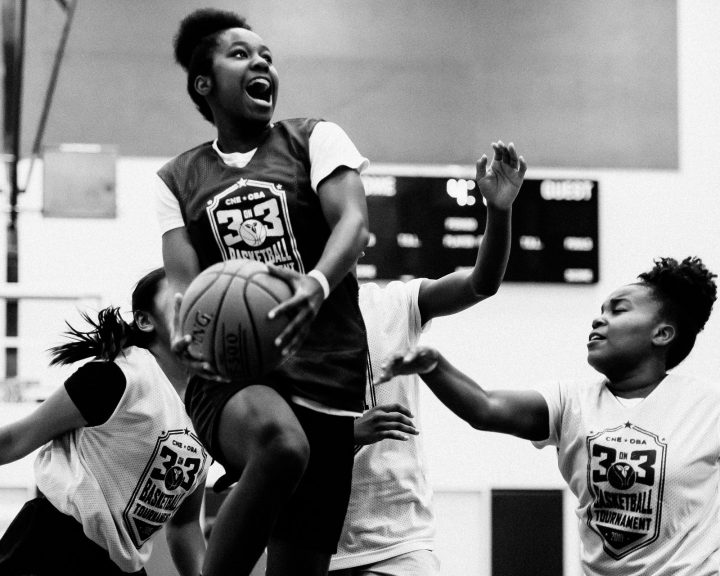The split squat (essentially perform squats with one foot in front of the other, focuses the resistance on the front leg) is one of my favorite exercises. Urquhart et al , in a study in the Journal of Strength and Conditioning Research, examined using the split squat as a test of lower body strength.
Subjects were active males with sport-specific training experience. The subjects performed three separate 1-RM testing sessions on the split squat. This was meant to determine the reliability of the split squat 1-RM test. Subjects also performed two other testing sessions; in one the subjects performed the back squat as a 1-RM and then the split squat as a 1-RM; in the other the subjects performed the split squat as a 1-RM and then performed the back squat as a 1-RM.
Results:
- Subjects tested lower on the first 1-RM split squat testing session than on sessions two and three.
- Subjects tested in a similar manner on all subsequent 1-RM testing sessions of the split squat.
- When the back squat was performed prior to the split squat, the subjects had a lower 1-RM on the split squat than when the split squat was performed prior to the back squat.
- Split squats did not impact the back squat performance.
It appears that there was a learning effect from the first split squat testing session and the second, which would explain the difference in those testing sessions. It should be pointed out that the subjects in this study were not highly trained. The subjects in this study weighed, on average, about 80 kilograms. The back squat 1-RM was in the ~85 kg range and the split squat 1-RM was in the ~67 kg range. This means that the subjects are not highly experienced with the split squat exercise or with the back squat, so the results of this study have to be applied carefully to more experienced/trained athletes.
After the first testing session, the subjects scored consistently on their 1-RM split squat, suggesting that (in this population) this can be used as a unilateral strength test for lower body strength. It is also interesting that the back squat had a negative impact on split squat performance, but not the other way around.
This is an exercise that I like, both in my own training and in any training that I design for most kinds of athletes. It’s good to see a study using this exercise. In addition, it provides literature support for 1-RM testing using the split squat. During the testing, the subjects split their feet a stride apart and lowered themselves onto their front (dominant) legs until the front knee had a 90 degree angle. Loss of balance, or failure to rise from the squat, disqualified the attempt.
Urquhart, B.G., Moir, G.L., Graham, S.M., and Connaboy, C. (2015). Reliability of 1Rm split-squat performance and the efficacy of assessing both bilateral squat and split-squat 1RM in a single session for non-resistance-trained recreationally active men. Journal of Strength and Conditioning Research, 29(7), 1991-1998.




